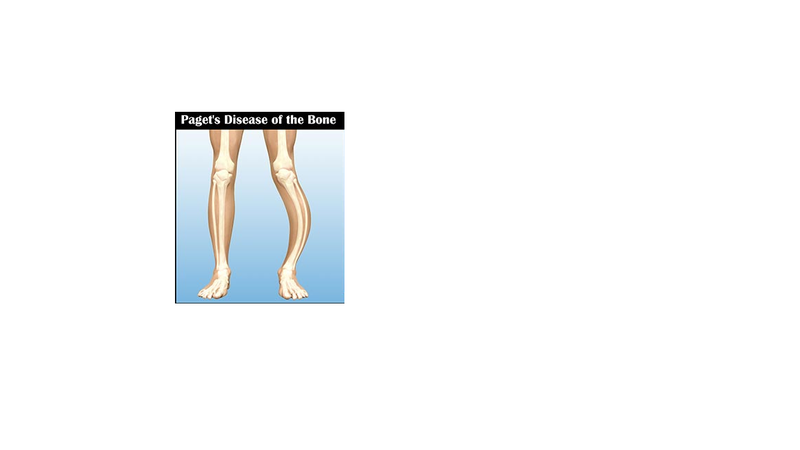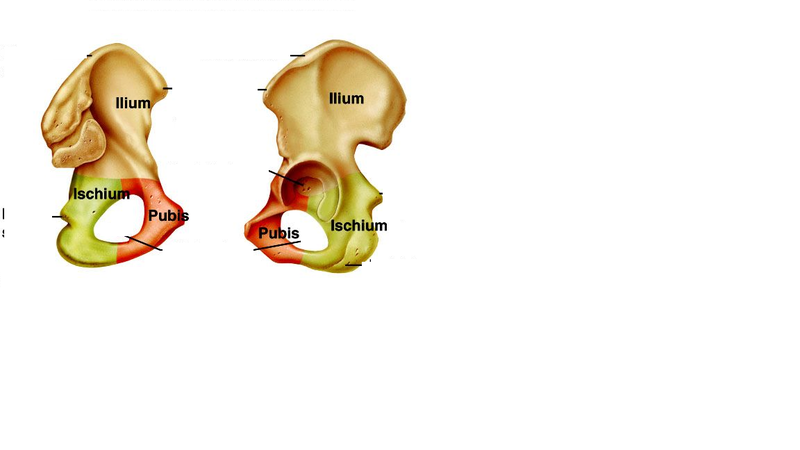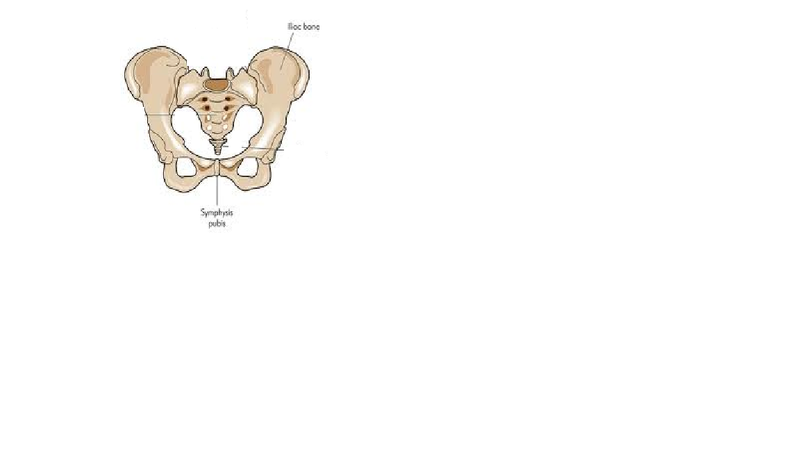12th Grade > Biology
LOCOMOTION AND MOVEMENT MCQs
Total Questions : 68
| Page 6 of 7 pages
Answer: Option A. -> Tip of the nose
:
A
Pinna is made up of elastic cartilage. It is also found at the tip of nose.
:
A
Pinna is made up of elastic cartilage. It is also found at the tip of nose.
Answer: Option B. -> Abnormal bone resorption
:
B
Paget's disease is caused by the excessive breakdown and formation of bone, followed by disorganized bone remodeling. This causes affected bone to weaken, resulting in pain, misshapen bones, fractures and arthritis in the joints near the affected bones.
:
B
Paget's disease is caused by the excessive breakdown and formation of bone, followed by disorganized bone remodeling. This causes affected bone to weaken, resulting in pain, misshapen bones, fractures and arthritis in the joints near the affected bones.

Answer: Option D. -> Nucleated and involuntary
:
D
Cardiac muscles contain a single nucleus and are involuntary in function.
:
D
Cardiac muscles contain a single nucleus and are involuntary in function.
Answer: Option C. -> Atlas
:
C
The atlas is one of the two upper cervical vertebrae, also known as C1, which is the topmost vertebra of the spinal column. It is the vertebra that is in contact with the occipital bone, a flat bone located at the back portion of the head.This first cervical bone is named after the mythical Greek god who carried the world on his shoulders, as its function is to support the globe of the head. Together with the second vertebra, the axis, it is responsible for the wide range of motion of the head.
:
C
The atlas is one of the two upper cervical vertebrae, also known as C1, which is the topmost vertebra of the spinal column. It is the vertebra that is in contact with the occipital bone, a flat bone located at the back portion of the head.This first cervical bone is named after the mythical Greek god who carried the world on his shoulders, as its function is to support the globe of the head. Together with the second vertebra, the axis, it is responsible for the wide range of motion of the head.
Answer: Option A. -> 8
:
A
The neurocranium is comprised of eight bones:
one occipital, two temporal bones, two parietal bones, one sphenoid, one ethmoid and the frontal bone.
:
A
The neurocranium is comprised of eight bones:
one occipital, two temporal bones, two parietal bones, one sphenoid, one ethmoid and the frontal bone.
Answer: Option B. -> Hip bone
:
B
The axial skeleton is the part of the skeleton that consists of the bones of the head and trunk of a vertebrate. In the human skeleton, it consists of 80 bones and is composed of six parts; the skull bones, the ossicles of the middle ear,the rib cage, sternum and the vertebral column.
The appendicular skeleton is the portion of the skeleton of vertebrates consisting of the bones or cartilage that support the appendages. The appendicular skeleton consists of the girdles and the skeleton of the limbs. The upper (anterior) limbs are attached to the pectoral (shoulder) girdle and the lower (posterior) limbs are attached to the pelvic (hip) girdle.
:
B
The axial skeleton is the part of the skeleton that consists of the bones of the head and trunk of a vertebrate. In the human skeleton, it consists of 80 bones and is composed of six parts; the skull bones, the ossicles of the middle ear,the rib cage, sternum and the vertebral column.
The appendicular skeleton is the portion of the skeleton of vertebrates consisting of the bones or cartilage that support the appendages. The appendicular skeleton consists of the girdles and the skeleton of the limbs. The upper (anterior) limbs are attached to the pectoral (shoulder) girdle and the lower (posterior) limbs are attached to the pelvic (hip) girdle.
Answer: Option A. -> Synovial fluid
:
A
Synovial fluid is a viscous fluid found in the cavities of synovial joints. With its egg white–like consistency, the principal role of synovial fluid is to reduce friction between the articular surfaces of synovial joints during movement.
Pleural fluid -Pleural fluidis thefluidthat is found between the layers of thepleura, the membranes that line the thoracic cavity and surround the lungs.
Lymphatic fluid - contains infection-fighting white blood cells, which circulates throughout the body.
Peritoneal Fluid - is a liquid made in the abdominal cavity which lubricates the surface of tissue that lines the abdominal wall and pelvic cavity.
:
A
Synovial fluid is a viscous fluid found in the cavities of synovial joints. With its egg white–like consistency, the principal role of synovial fluid is to reduce friction between the articular surfaces of synovial joints during movement.
Pleural fluid -Pleural fluidis thefluidthat is found between the layers of thepleura, the membranes that line the thoracic cavity and surround the lungs.
Lymphatic fluid - contains infection-fighting white blood cells, which circulates throughout the body.
Peritoneal Fluid - is a liquid made in the abdominal cavity which lubricates the surface of tissue that lines the abdominal wall and pelvic cavity.
Answer: Option A. -> Skeletal muscles
:
A
The peripheral nervous system(PNS) is under your voluntarycontrol- thenervesthat carry instructions from your brain to your limbs, for example. As well as controlling your muscles and joints, it sends all the information from your senses back to your brain.The autonomic nervous system(ANS) is a division of the peripheralnervous systemthat influences the function of internal organs such as the heart, stomach and intestines.
:
A
The peripheral nervous system(PNS) is under your voluntarycontrol- thenervesthat carry instructions from your brain to your limbs, for example. As well as controlling your muscles and joints, it sends all the information from your senses back to your brain.The autonomic nervous system(ANS) is a division of the peripheralnervous systemthat influences the function of internal organs such as the heart, stomach and intestines.
Answer: Option A. -> Myoglobin
:
A
Red muscles musclefibres are darkredwhich isdue to the presence of redhaemoprotein called myoglobin.
Hemoglobinin its deoxygenated state has a low affinity for oxygen compared to myoglobin(it is present only in muscles)
Globulins, albumin, and fibrinogen are the major blood proteins.
Phycoerythrin(PE) is a red protein-pigment complex from the light-harvesting phycobiliprotein family, present in red algae and cryptophytes
:
A
Red muscles musclefibres are darkredwhich isdue to the presence of redhaemoprotein called myoglobin.
Hemoglobinin its deoxygenated state has a low affinity for oxygen compared to myoglobin(it is present only in muscles)
Globulins, albumin, and fibrinogen are the major blood proteins.
Phycoerythrin(PE) is a red protein-pigment complex from the light-harvesting phycobiliprotein family, present in red algae and cryptophytes


















